
The Mawhera urupa site and burial cave on the edge Greymouth township, desecrated as a rock quarry.
Photo: supplied/ Paul Madgwick
Long long ago, a taniwha called Poutini kidnapped a beautiful wahine called Waitaiki and fled to the West Coast of the South Island. Chased by Waitaiki's husband Tama Ahua, Poutini the taniwha placed Waitaiki into the river where she turned to greenstone or pounamu.
Poutini swam out through the rivermouth of the Arahura and today he roams up and down the West Coast.
The stories of Te Tai Poutini or the West Coast of the South Island are some of the oldest stories in Māori mythology and the people who eventually populated this rugged and remote coastline are the subject of a new book.
Poutini: The Ngai Tahu History of the West Coast explores resources, land, war and continual dispossession. Author Paul Madgwick joins Mihi from Hokitika.
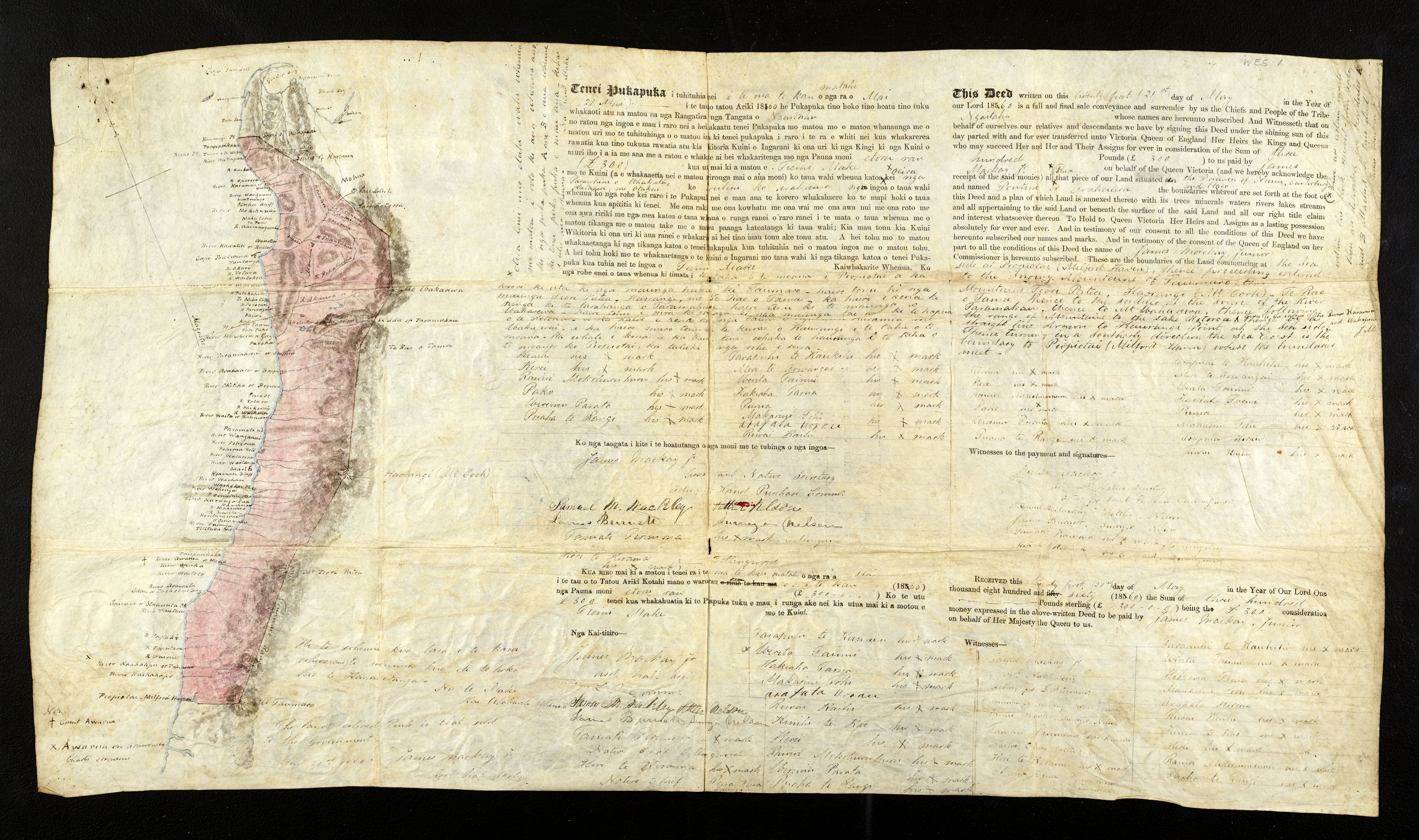

Poutini Ngai Tahu insisted on reserving the Mawhera Pa and urupa - the future site of the town of Greymouth. The deed reduced Poutini Ngai Tahu land holdings from 7,500,000 acres to 6,700 acres. (PHOTO: supplied/ Paul Madgwick)
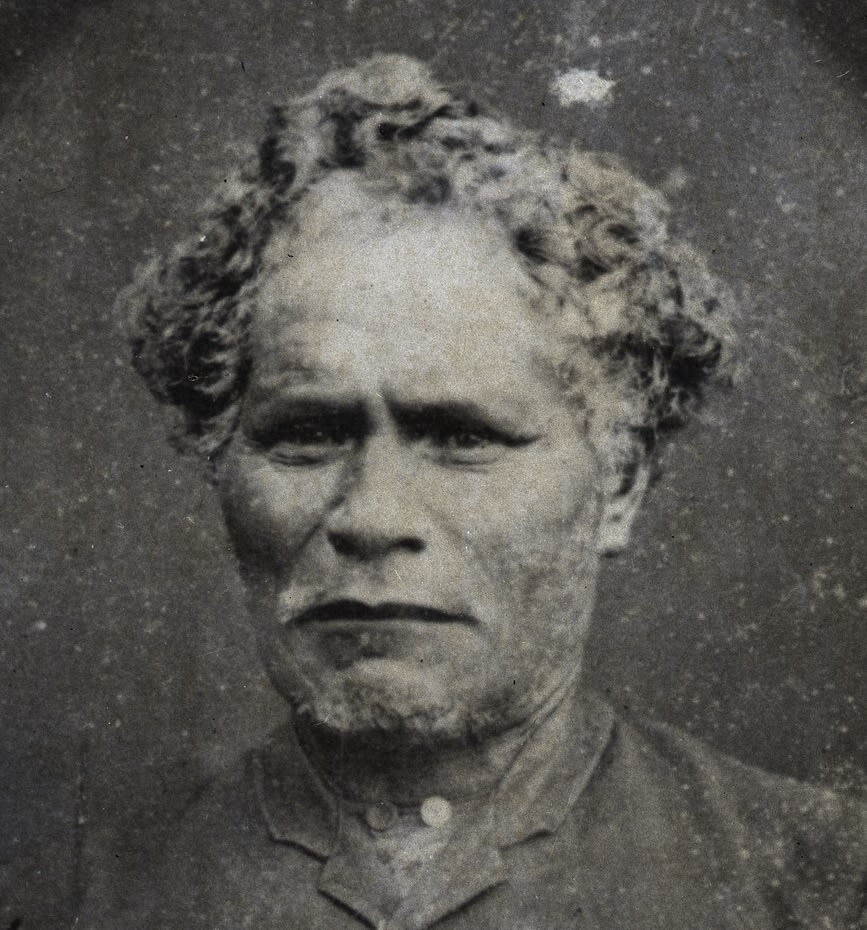

Wereta Tainui, Ngati Waewae, Ngati Tomowhare, was the last chief of Mawhera Pa (PHOTO: supplied/ Paul Madgwick)

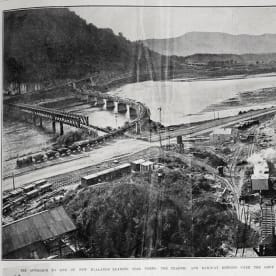
The Mawhera urupa site and burial cave on the edge Greymouth township, desecrated as a rock quarry. (PHOTO: supplied/ Paul Madgwick)

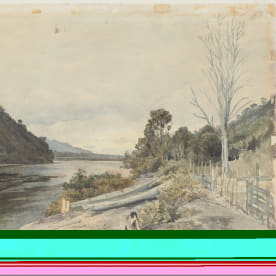
Pre-European Mawhera, showing waka on the riverbank in front of the pa, 1862 (PHOTO: supplied/ Paul Madgwick)
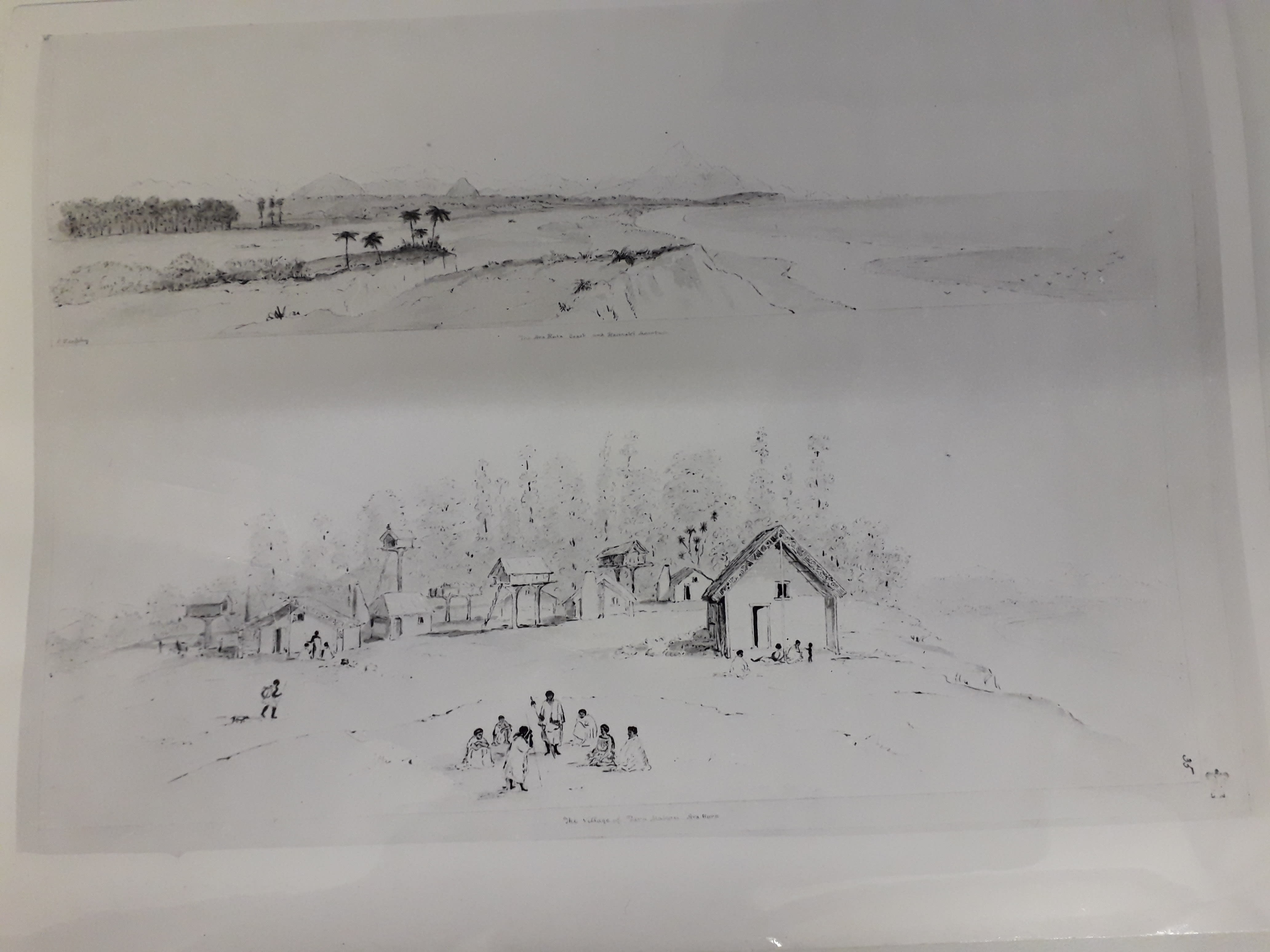

Taramakau Pa, located halfway between Mawhera and Arahura, sketched in 1846 by the explorer Charles Heaphy (PHOTO: supplied/ Paul Madgwick)
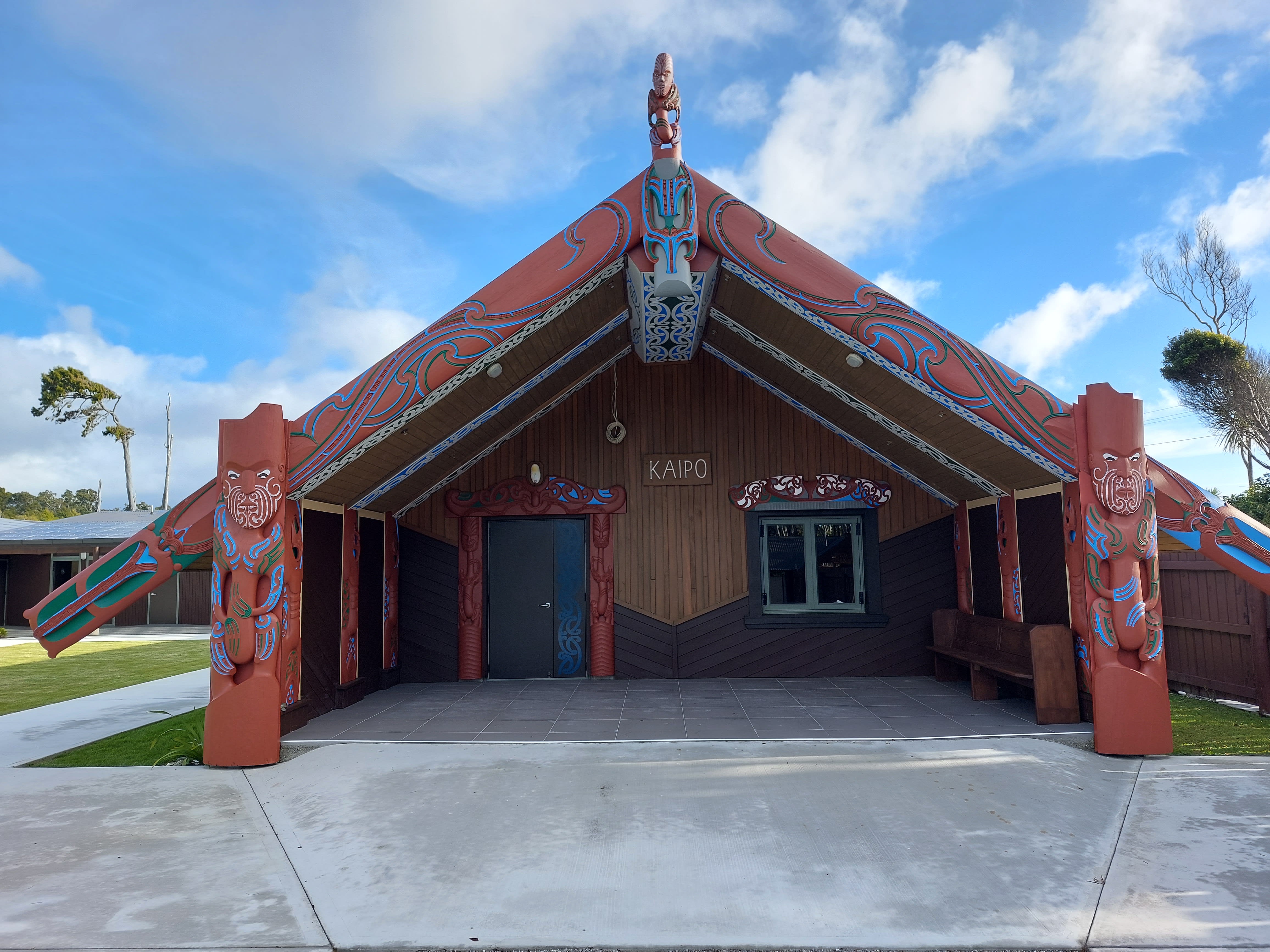

Te Tauraka Waka a Maui Marae at Mahitahi (Bruce Bay) opened in 2005. (PHOTO: supplied/ Paul Madgwick)

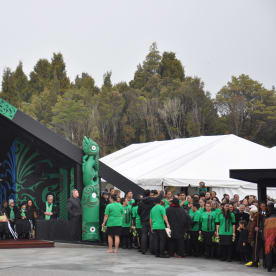
Arahura Marae opened in 2014. (PHOTO: supplied/ Paul Madgwick)
















